Mok hyang jae[Korea Quality] / 목향재 [한국관광 품질인증]
14.8Km 321 2020-12-04
33, Mannam-ro 6-gil, Sejong-si
+82-10-8666-1217
Mokhyangjae, which literally means a ’house with tree fragrance,’ is a traditional Korean pension house which stands alone beside a boulevard surrounded by apartment complexes. Entering the garden with a low fence, you will be greeted by the antique two-story Korean style building. The building of Mokhyangjae was built in the style of a palace with red pine tree used for the crossbeam and pillars. With a feeling of magnificence and coziness at the same time, the rafter ceiling shows the wood grain and the sliding door pasted with traditional Korean paper adds to the flavor of the traditional Korean style house.
The rooms are composed of the traditional Ondol Room where one or two persons can stay; the Ordinary Room is equipped with a bedroom and an attic; and the Deluxe Room has a wide traditional Ondol room for guests from solo travelers to families. The bedroom and the living room also have traditional display cupboard and heavy hardwood table which had been used by the owner of the house, adding to the flavor of the traditional Korean style house. Equipped with cartoons and picture books, the attic is a favorite place of children. Scattered with stepping stones, the front yard of the house is filled with Sansuyu, magnolia, and cherry trees that blossom in spring.
Mokhyangjae is running a traditional teahouse as well. The teahouse was opened thanks to the Chinese husband who enjoys tea, and most of the teas are imported from China. You can have a taste of dozens of kinds of teas including puer tea and red tea, along with a simple tea confectionery.
Olive Young - Sejong mallive Branch [Tax Refund Shop] (올리브영 세종몰리브)
14.9Km 0 2024-04-22
Store #107, #108, Mallive, 108, Doum 1-ro, Sejong-si
-
Cheonan Gwangdeoksa Temple (광덕사(천안))
15.2Km 7915 2021-12-01
30, Gwangdeoksa-gil, Dongnam-gu, Cheonan-si, Chungcheongnam-do
+82-41-567-0050
Gwangdeoksa Temple is said to be established in 637 by Monk Jajang Yulsa during the Silla Kingdom and was refurbished during the reign of King Heungdeok (832). The temple sits in the southeast of Gwangdeoksan Mountain, which borders Asan-si and Cheonan-si, and the southwest of Taehwasan Mountain. It was the biggest temple within Chungcheong and Gyeonggi regions before the Japanese invasion. However, it was burnt down during the Japanese invasion and the main buildings such as Daeungjeon, Myeongbujeon and Cheonbuljeon Halls are relatively new compared to the other original facilities.
Gongju Folk Drama Museum (공주민속극박물관)
15.3Km 11609 2020-06-10
40, Dolmoru 1-gil, Gongju-si, Chungcheongnam-do
+82-41-855-4933
The Gongju Folk Drama Museum is a special museum in which a variety of Korean folk arts can be experienced. The dolls, masks and musical instruments that are used in folk dramas, shamanism-related resources and conventional farming implements are on display, nestled in a small, cozy pine grove (9,398㎡).
On Saturdays and Sundays, visitors can participate in a mask making program or watch a puppet show. In spring (before and after mid-March, lunar calendar), the Gyeryongsan Sansinje Ritual is practiced near Gyeryongsan Mountain. During the ritual, local festivals are also held. In fall (the first Friday, Saturday and Sunday of every October), the Asian Monodrama Festival is held at a museum theater and outdoor performance stage. During this festival, visitors can watch historic and contemporary Asian monodramas.
Sejong Dano Festival (세종단오제)
15.9Km 0 2024-07-24
216 Dasom-ro, Sejong-si
+82-44-865-2411
The Sejong Dano Festival celebrates the fifth day of the fifth month according to the lunar calendar, and is an important day in traditional Korean culture. The festival provides the perfect environment to learn more about traditional Korean culture for both international visitors and the younger Korean generations.
Lotte Himart - Sejong Branch [Tax Refund Shop] (롯데하이마트 세종점)
16.0Km 0 2024-04-23
363, Galmae-ro, Sejong-si
-
Sejong Lake Park (세종호수공원 일원)
16.3Km 12438 2023-01-04
155, Hosugongwon-gil, Sejong-si
+84-44-301-3926
Sejong Lake Park is a large scale man-made park and is one of the major tourism destinations in Sejong-si. On weekends, the area is packed with visitors who come to relax and enjoy performances, festivals and cultural events.
Sejong Festival (세종축제)
16.3Km 25458 2024-06-11
155 Hosugongwon-gil, Sejong-si
+82-44-850-0592
The Sejong Festival celebrates the many achievements of King Sejong, including the creation of Hangeul, many scientific projects, and environmental protection. Visitors can enjoy a range of programs, from an air show by the Korean Black Eagles, to a science playground, and more.
Haposeowon Confucian Academy (합호서원)
16.4Km 4397 2022-08-18
262-6, Wonhapgang 1-gil, Yeondong-myeon, Sejong
+82-44-330-5832
Registered as Cultural Heritage Material, Haposeowon Confucian Academy is where the spiritual tablet of An Hyang, a respected scholar during the Goryeo period, is enshrined. The academy was founded in 1716 by the scholar's descendants, who held regular memorial services until a royal order to close down most seowon institutions was made in the late Joseon dynasty. In 1949, Haposeowon Confucian Academy was rebuilt as an affiliated institution with the consent of 218 local Confucian schools nationwide.
Sejong National Arboretum (국립세종수목원)
16.6Km 0 2023-01-25
136, Sumogwon-ro, Sejong-si
+82-44-251-0001
The Sejong National Arboretum, which is about to open as the first urban arboretum in Korea, was built on an area of 65 ha adjacent to the Sejong Government Complex, where several government ministries are located. It is possible to see 2,834 species of 1.72 million plants (including 45,958 trees) under various themes such as the nation's largest four-season greenhouse, traditional Korean garden, Cheongryujiwon for study, and bonsai garden. It is another national arboretum established following the Baekdudaegan National Arboretum following the National Arboretum Expansion Plan for conserving and developing genetic tree resources by climate and vegetation zone.
![Olive Young - Sejong mallive Branch [Tax Refund Shop] (올리브영 세종몰리브)](http://tong.visitkorea.or.kr/cms/resource/66/2883166_image2_1.jpg)
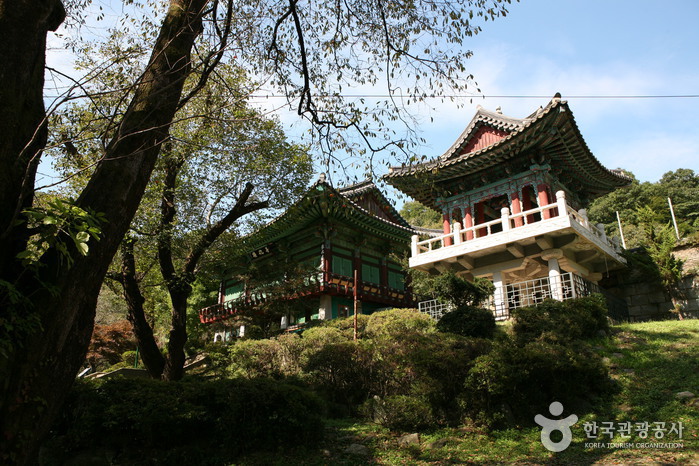
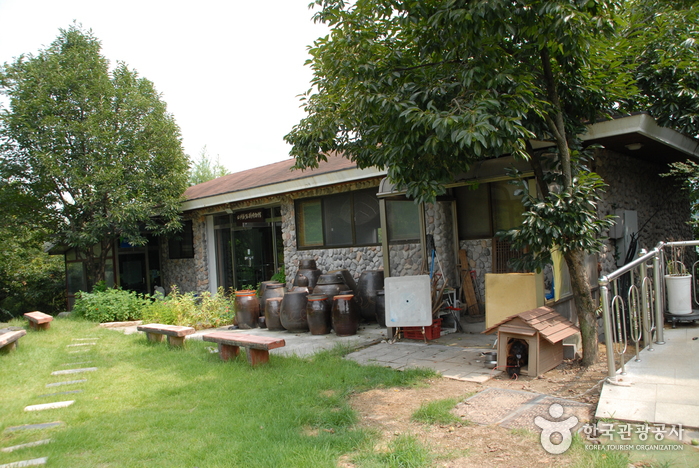
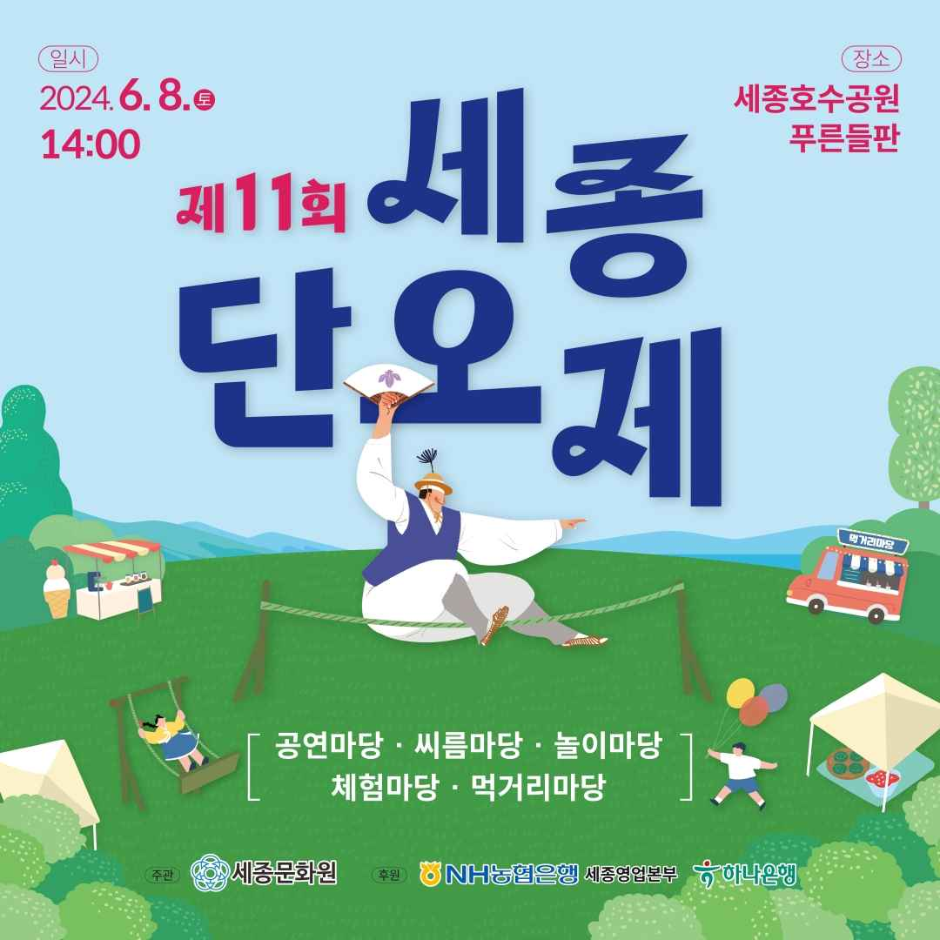
![Lotte Himart - Sejong Branch [Tax Refund Shop] (롯데하이마트 세종점)](http://tong.visitkorea.or.kr/cms/resource/79/2883179_image2_1.jpg)
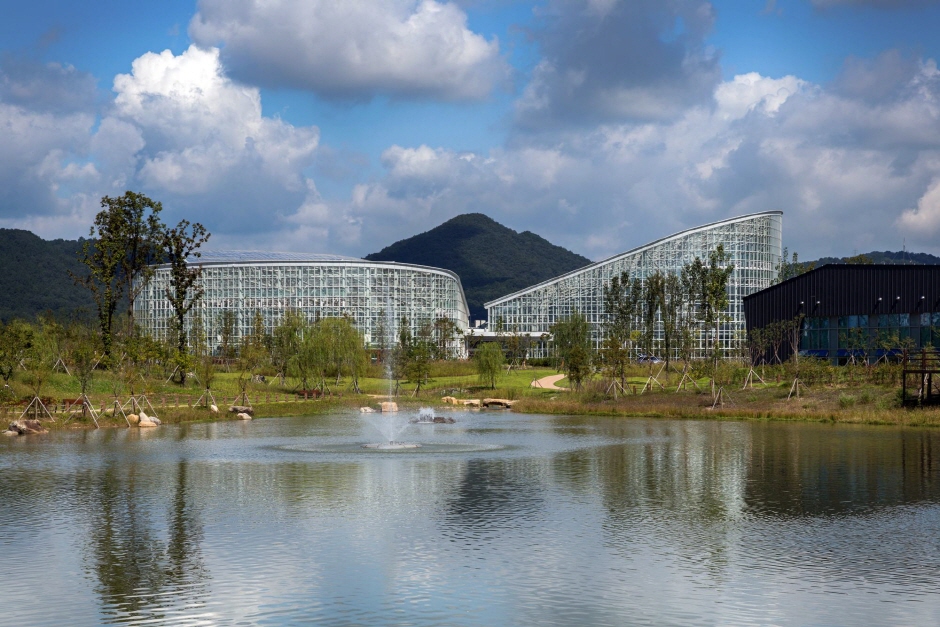
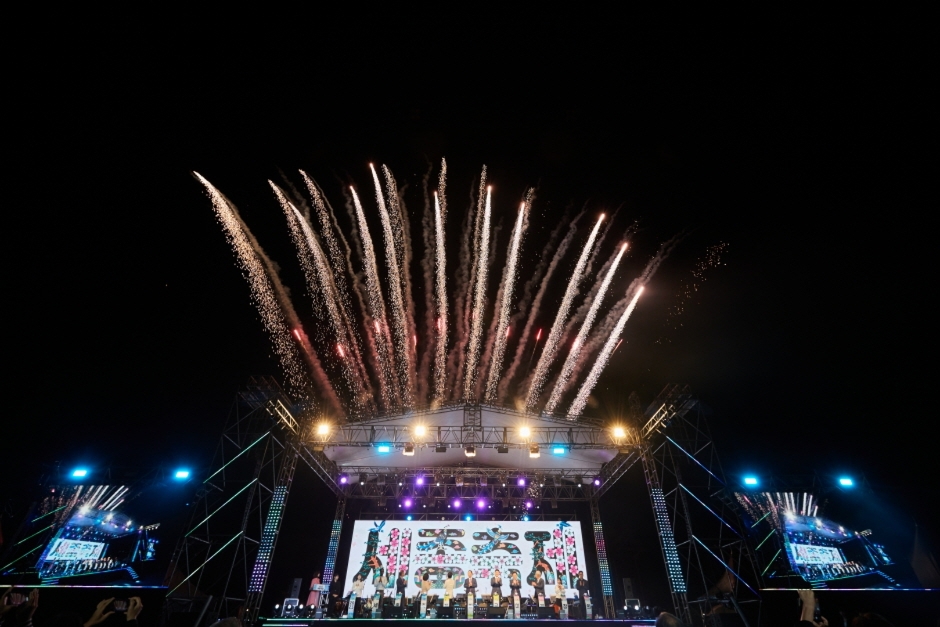
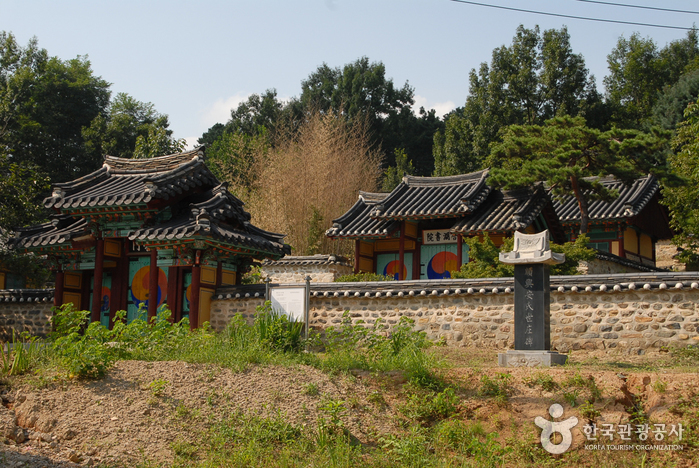

 English
English
 한국어
한국어 日本語
日本語 中文(简体)
中文(简体) Deutsch
Deutsch Français
Français Español
Español Русский
Русский